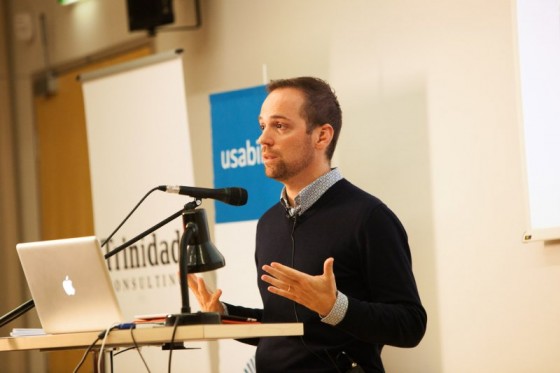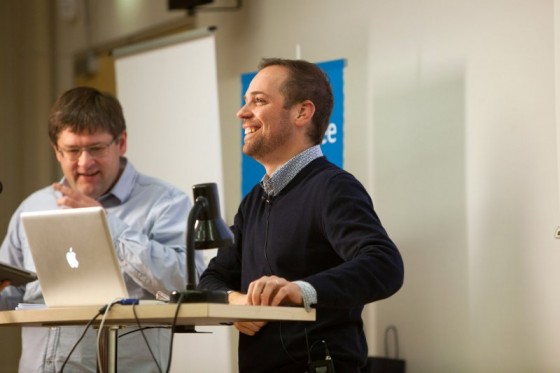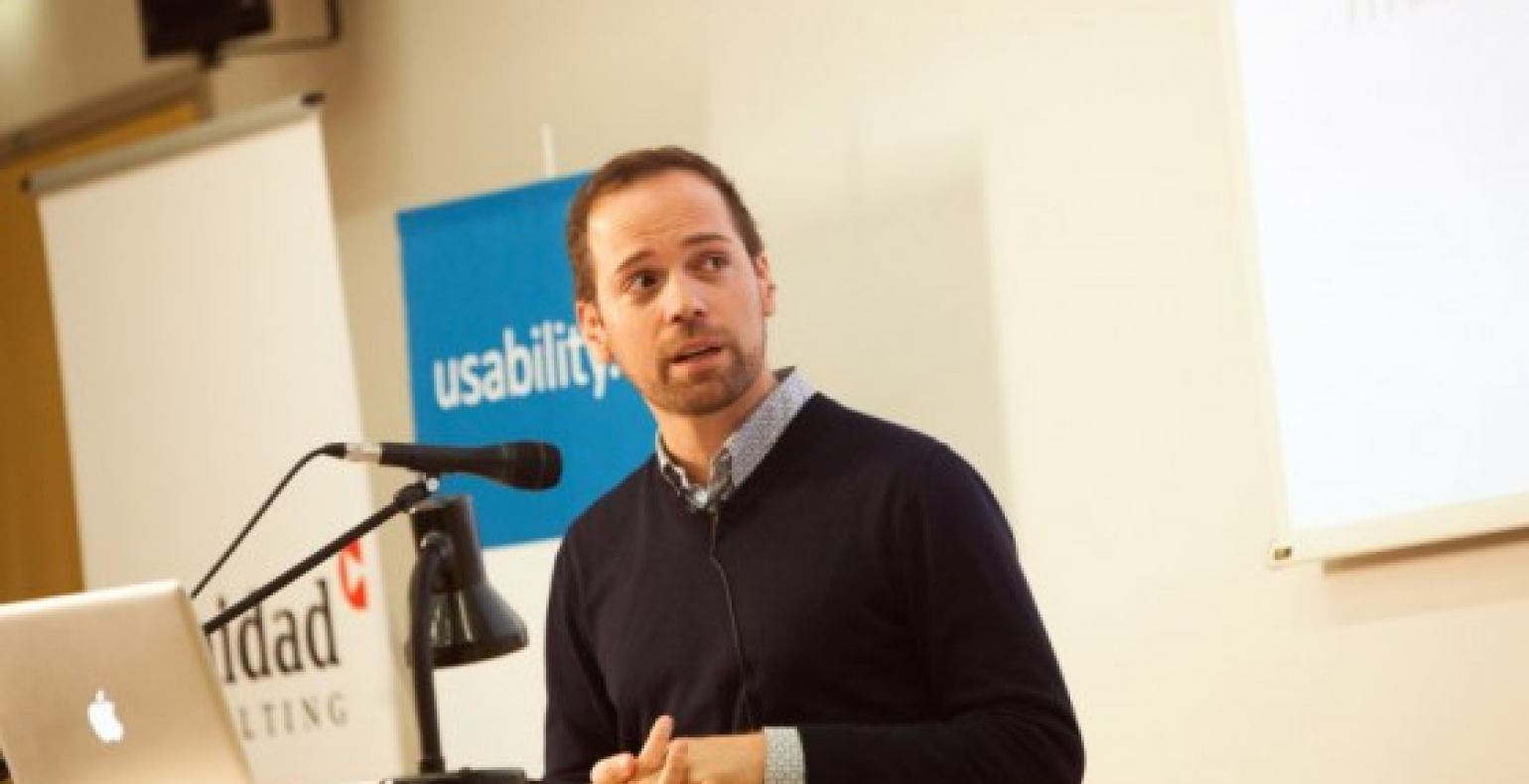“Designing Future Services”, Pedro Custodio, Product and Service Experience Strategist
Make sure to follow this blog in order to get quick updates on what`s going on at the event. I will be blogging from the event live, so if you see a typo or two then please be gentle with me.
Pedro Custodio is internationally recognised as a passionate product and services strategist, his signature is his focus on effective usability & crafting amazing user experiences. He thrives to be accomplished in ‘all things online’, from concepts to the actual nitty-gritty details on how things get optimally implemented, having been fundamental on launching key international services.
Today he will speak about designing future services.
Pedro is well respected in the field of usability both for his passion, expertise but also an open attitude towards knowledge sharing which has lead him to deliver multiple training and teaching courses in different occasions and conferences
Lets begin!
The speech opened up with Pedro commenting that it so much easier to learn this field now, even though there are not so many university programs available.
“It was so much harder before and there were not so many tools available. The complexity around us has grown and the challenges now are much bigger ”, said Pedro
Another thing, we live in the future, but sometimes… we forget it completely. In the beginning there were only products and usability design in general was so much easier to do. We thought a whole scenario around just one product, but today we have ecosystems built around different products and services
Back then, people would then prefer one product over another. Simple!
But soon there emerged a whole combination of products which created an ecosystem of products and services. And user experience was integrated into various services and platforms.
Margins are getting lower and the focus is now on user experience and usability. Our field is becoming much more important and this is the message that Pedro is sharing with us today.
Think about Google
It was just a search engine that evolved into a large ecosystem of services: calendar, mail, apps etc. Instead of focusing of just one specific product, they spread out and the rest is history.
Think about Apple
They managed to secure the market because they saw the need for user experience and usable devices.

The good news
We have the tools now! They have been tested and now we know how to use them to our best advantage
The cycle of consumption
- awareness
- evaluation
- usage support
- payment
- renew/end
The questions we ask:
- who are the users (it seems simplistic, but most companies do not know who their customers are, usability designer design reactions)
- what are their beliefs
- what are their expectations
Our role is that of an observer. Pedro talked a bit about his accident with a coffee machine, a real case of bad usability
Philips
They went to the market and wanted to see how people actually cooked. In the end they came out with a new device, which is meant for busy people.
Understand exactly what they are trying to achieve:
- who is this for
- what does this do
- why am i going to use it
- where are the actions and interactions taking place
- in which context?
Designing the whole experience.
Usability is not a band aid, it starts on day zero! Usability starts before the product is finished. After you are just fixing it and you should not start much sooner than that. Customer journey is Pedro`s tool of choice. Pedro is showing a customer journey picture of IKEA to illustrate the talk.
The sooner you accept the fact that everything is random, the less hair you will lose!
It gives you a powerful tool that companies can use in their daily life. They have multiple departments and the customer journey will tell exactly which departments must be involved in the project or product. You need to pitch about usability and talk with the guy responsible for sales. If the customer calls, it might be the flaw of bad usability. You need to involve everyone and step out the game!
This will lead to better products, better marketing results and overall success!
Ten great laws of experience:
- simplicity is the new complexity
- everything happens by design (what can happen at various stages?)
- facilitates, but doesn`t take over
- it teaches, but doesn`t push (don`t be shy to explain things)
- different, but sill familiar (think Apple)
- intelligent, adding context to each use
- human at the center (if one question doesn`t link to the next then something is broken)
- secure, but secret
- permanently incomplete
- sharable, we talk about the good and bad experiences
- surprise people – add more value than expected
And here you go, a really fast presentation about the rules of user experience and usability! Time for Q&A!

If you don`t have a product yet, they you need think about potential problems and solutions to those problems. You need to follow a systematic approach and it`s a design process. People should not come to you at the very end.







